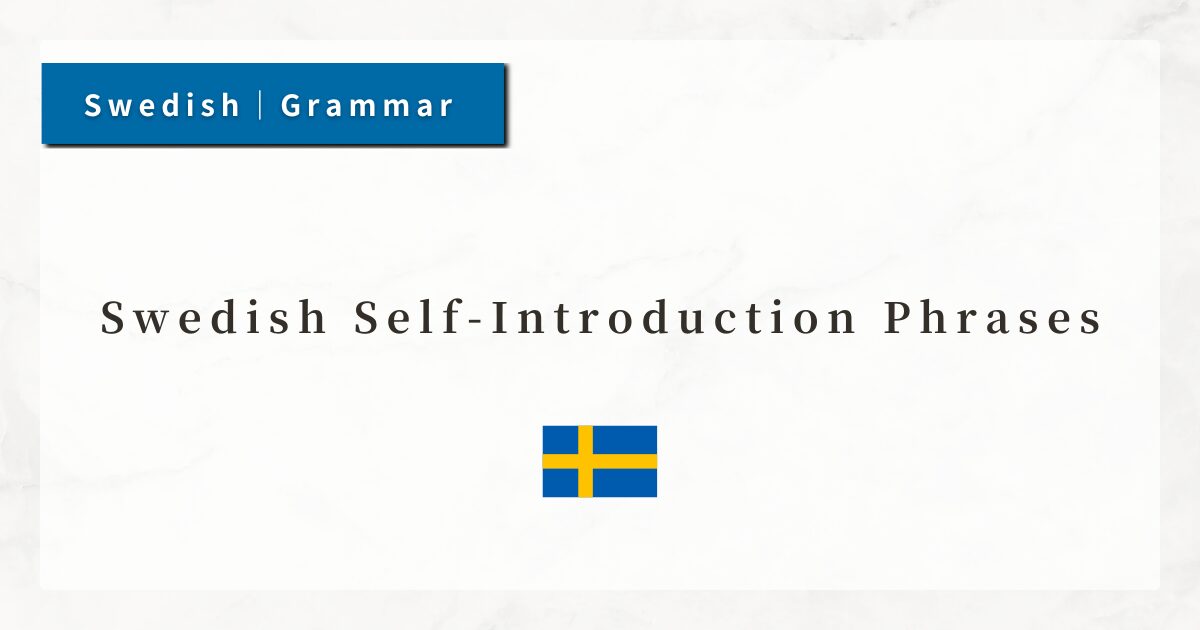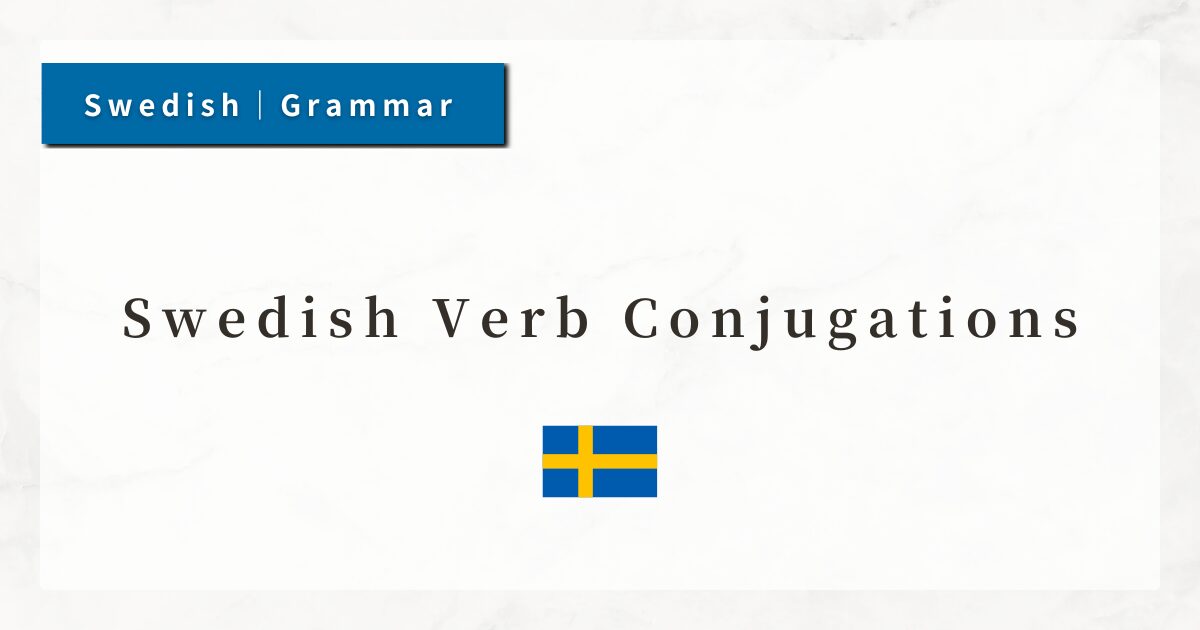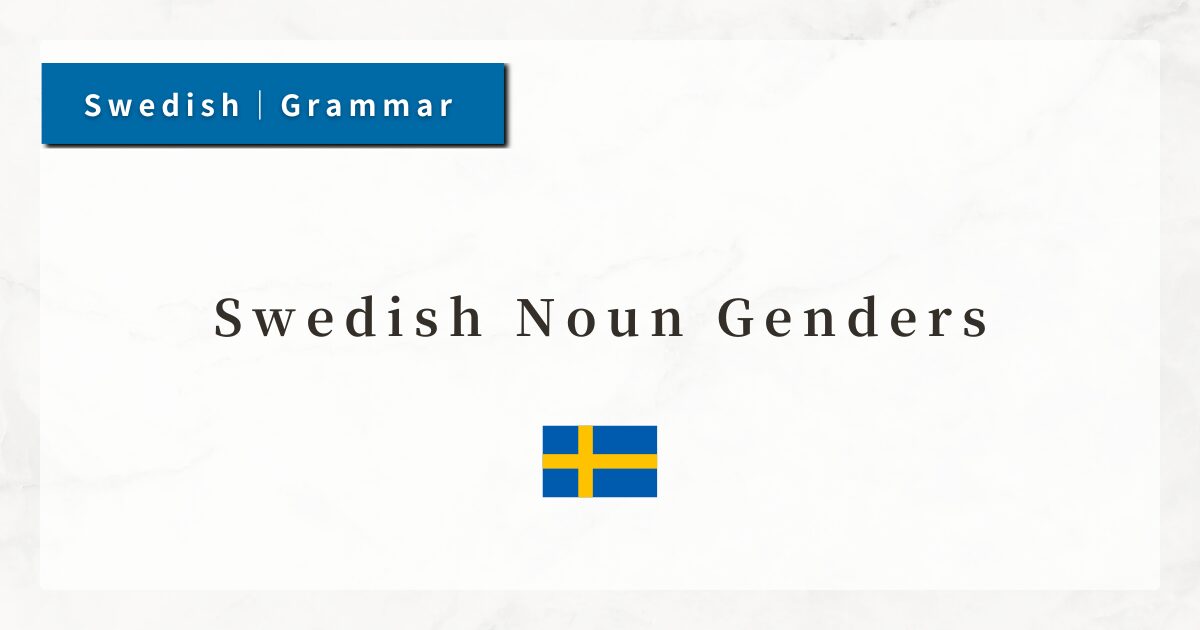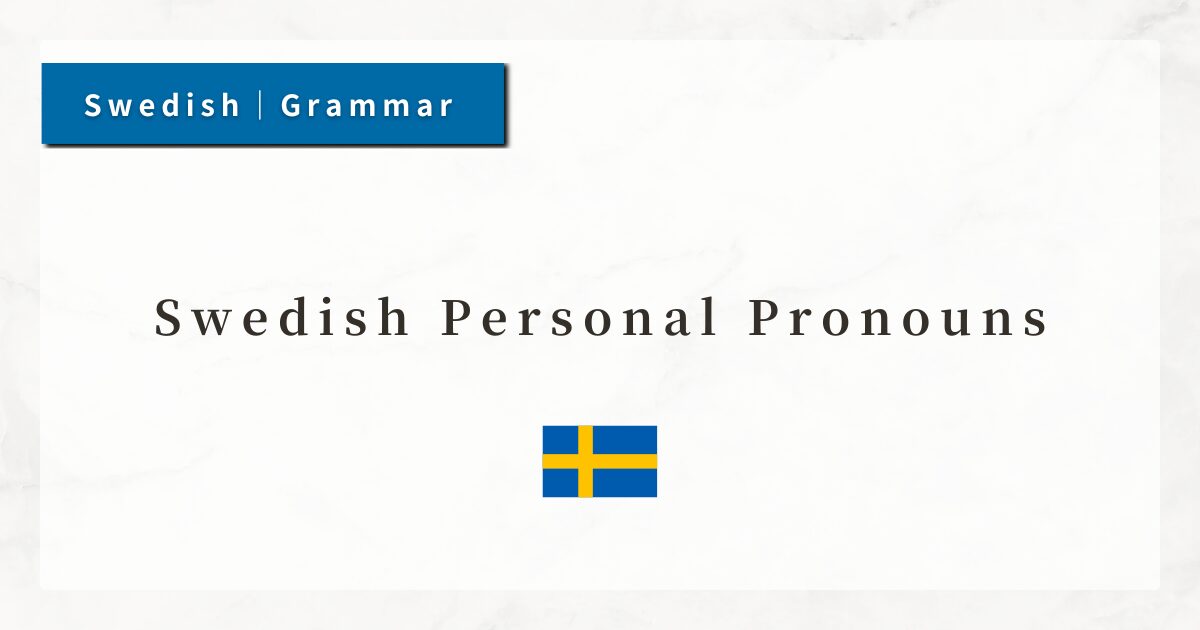#45 Swedish Conditional Sentences|Rules for Expressing Conditions

In Swedish, conditional sentences express conditions such as “if …” or “provided that …”. The conjunction om, which corresponds to English if, is used to introduce the conditional clause.
Conditional sentences appear in many contexts, such as talking about the weather, future plans, making suggestions, or expressing hypothetical situations.
An important feature is that Swedish uses different verb tenses and forms depending on whether the condition is realistic or purely hypothetical.
In this lesson, I will explain the structure and usage of conditional sentences in Swedish.
1. Basic Structure of Conditional Sentences
Swedish conditional sentences are formed in two patterns:
- om + conditional clause , main clause
- main clause + om + conditional clause
Here, om is the conjunction equivalent to if in English. The conditional clause (the “if” part) begins with om, while the main clause (the result) follows.
- Om det regnar, stannar vi hemma.
(If it rains, we will stay at home.) - Vi stannar hemma om det regnar.
(If it rains, we will stay at home.)
When the conditional clause comes first, it is usually followed by a comma, and the main clause may take inverted word order.
2. Realistic Conditions (Likely to Happen)
When describing conditions that are realistically possible, Swedish uses the present tense or “ska + infinitive” in the conditional clause.
Even for future events, it is common in Swedish to use the present tense.
- Om hon studerar mycket, ska hon klara provet.
(If she studies hard, she will pass the test.)
In English, this would be “If she studies hard, she will pass the test.” The Swedish equivalent of will is expressed with ska.
3. Unrealistic Conditions (Hypothetical or Contrary to Fact)
When describing hypothetical or unlikely conditions, Swedish uses the past tense or “skulle + infinitive”.
- Om jag vann på lotto, skulle jag köpa ett hus.
(If I won the lottery, I would buy a house.) - Om han var längre, skulle han spela basket.
(If he were taller, he would play basketball.)
This form assumes that the condition is not true. It corresponds to English expressions like “If I were …” or “would …”.
4. Unrealistic Past Conditions (Past Perfect)
To describe conditions that did not happen in the past, Swedish uses the past perfect tense (hade + supine).
- Om jag hade vetat, hade jag hjälpt dig.
(If I had known, I would have helped you.)
This usage closely matches English: “If I had known …”.
5. Word Order Rules and the Use of Commas
Swedish allows flexibility in placing the conditional clause before or after the main clause, but word order rules apply:
Conditional clause first
Add a comma. The main clause takes inverted word order.
- Om det blir soligt, åker vi till stranden.
(If it becomes sunny, we will go to the beach.)
Conditional clause second
No comma. Main clause keeps normal word order (Subject → Verb).
- Vi åker till stranden om det blir soligt.
(We will go to the beach if it becomes sunny.)
When the conditional clause comes first, the main clause follows the pattern Verb → Subject:
- Om du kommer imorgon, ska vi äta middag tillsammans.
(If you come tomorrow, we will have dinner together.) - Om jag hade pengar, skulle jag resa till Japan.
(If I had money, I would travel to Japan.)
6. Summary
- Conditional sentences are formed with om (“if”).
- Conditional clause first
→ comma + inversion. - Conditional clause second
→ no comma, normal order. - Realistic condition
→ present tense or ska + infinitive. - Unrealistic condition
→ skulle + infinitive or past tense. - Unrealistic past condition
→ past perfect (hade + supine). - Similar to English, but note: Swedish often uses the present tense for future events.




